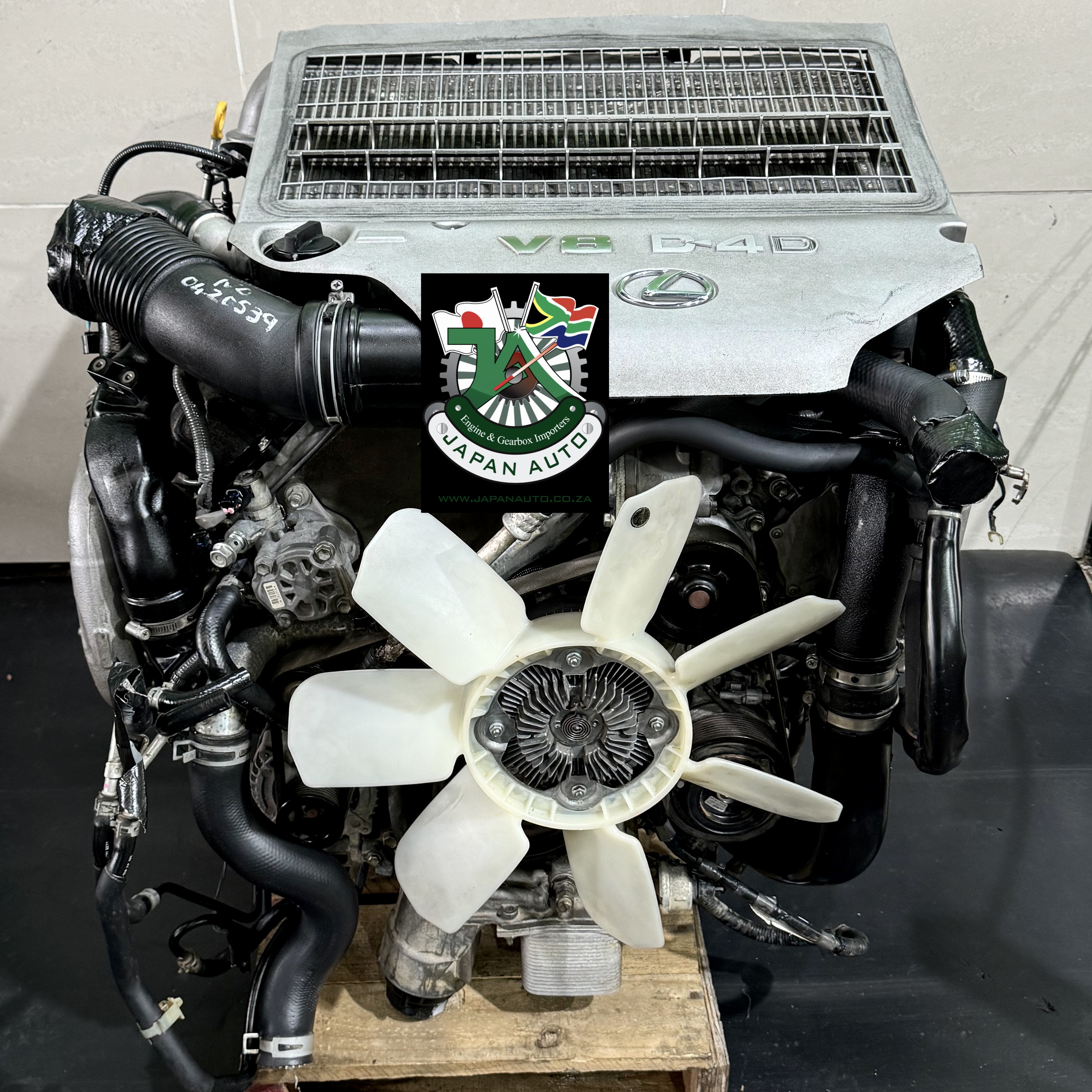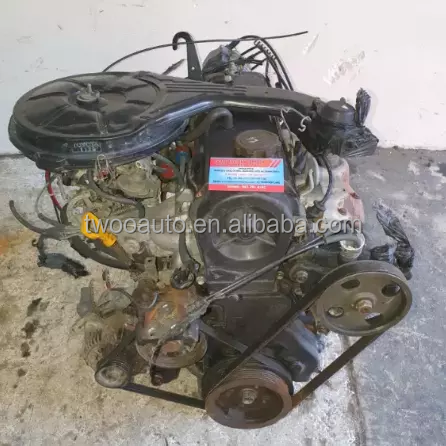Toyota Tazz: The Perfect Combination of Efficiency and Style in a Compact Car
Toyota Tazz: The Perfect Combination of Efficiency and Style in a Compact Car
Blog Article
Check Out the most up to date Trends in Engine Innovation Via Tazz
In the swiftly evolving landscape of automobile innovation, Tazz stands at the center, highlighting significant advancements in engine systems that prioritize both advancement and sustainability. tazz. From crossbreed engines that maximize gas performance to the emergence of hydrogen fuel cells, the trends shaping modern powertrains are not only improving performance however additionally resolving critical environmental challenges. As the industry remains to push boundaries, it is necessary to consider how these advancements will influence future transportation services and the broader implications for global energy consumption. What exists in advance in this crucial transformation?
Hybrid Engine Innovations
Crossbreed engine developments represent a crucial change in automobile technology, incorporating the benefits of internal burning engines with electric propulsion systems. This integration not just improves fuel performance however also reduces exhausts, meeting increasingly stringent ecological policies. By utilizing both power sources, hybrid engines can enhance performance, providing power when needed while preserving fuel during less requiring driving problems.
Recent advancements in crossbreed technology consist of enhancements in battery efficiency and regenerative stopping systems. These developments allow for better energy recovery throughout slowdown, which can be redirected to aid in acceleration or power auxiliary systems. In addition, makers are concentrating on lightweight materials and portable designs to maximize the effectiveness of crossbreed powertrains.
The advancement of plug-in crossbreeds has additionally broadened the marketplace, allowing chauffeurs to bill their lorries using conventional electric outlets. This attribute usually permits considerable all-electric variety, more lowering dependancy on traditional fuels. tazz. As the automotive industry continues to evolve, hybrid engine technologies are expected to play a vital function in connecting the space between traditional cars and completely electric models, providing a transitional solution that satisfies varied customer demands and choices
Developments in Electric Powertrains
The vehicle landscape is quickly developing, with electric powertrains emerging as a leading pressure in lasting transportation. Advancements in electric lorry (EV) modern technology are dramatically improving performance, efficiency, and user experience. Key technologies consist of improvements in battery chemistry, which have actually boosted energy density, lowered charging times, and extended total battery life.
Solid-state batteries, as an example, promise to reinvent the market by giving higher safety and performance contrasted to conventional lithium-ion cells. In addition, improvements in regenerative braking systems are allowing vehicles to recoup energy throughout deceleration, adding to overall effectiveness.
In enhancement to battery modern technology, electric motor styles are coming to be much more innovative. Innovations such as integrated electric motors and progressed thermal management systems are assisting to maximize power distribution and decrease weight, eventually boosting automobile characteristics.

Jointly, these developments highlight the commitment to shift towards cleaner, much more efficient transportation solutions, placing electric powertrains at the leading edge of auto advancement.
The Rise of Hydrogen Fuel Cells
Increasingly, hydrogen gas cells are acquiring grip as a practical alternative to traditional interior combustion engines and battery electric lorries. This modern technology uses the chemical power kept in hydrogen, converting it right into power with an electrochemical reaction with oxygen. The primary result of this process is water, making hydrogen fuel cells an eco-friendly choice with zero exhausts at the tailpipe.

Car manufacturers are increasingly purchasing hydrogen gas cell modern technology, recognizing its capacity for long-range applications and quick refueling capacities that rival traditional gas. In addition, fields such as heavy-duty transport and public transit are especially appropriate for hydrogen gas cells, where battery electrical remedies may fail due to weight and variety restrictions.
As research study and financial investment remain to increase, hydrogen gas cells are positioned to play a substantial duty in the future landscape of tidy transport and power remedies.
Enhancements in Internal Burning Engines
Innovations in internal burning engine (ICE) technology are changing traditional vehicles to meet modern-day ecological criteria and efficiency assumptions. One of the most considerable enhancements involves the integration of advanced gas shot systems. These systems enhance the air-fuel blend, enhancing combustion efficiency and resulting in lowered exhausts. Straight fuel injection, for example, enables far better atomization of gas, causing more complete burning and boosted power outcome.
Furthermore, turbocharging has obtained prestige, enabling smaller sized engines to supply higher performance without the weight of bigger engines - tazz. This innovation not just increases performance however also adds to lower gas consumption. Variable shutoff timing systems are also being fine-tuned, enabling engines to adjust to various driving conditions for boosted torque and responsiveness
Additionally, using lightweight products in engine building is coming to be common, further improving gas efficiency by minimizing overall automobile weight. Engine control devices (ECUs) are progressively innovative, enabling real-time modifications that maximize performance and discharges.
These improvements jointly represent a crucial shift in ICE innovation, straightening with global sustainability goals while still supplying the efficiency drivers anticipate from their automobiles. As the sector evolves, these enhancements proceed to form the future of typical automobile engineering.
Future Patterns in Engine Performance
Substantial advancements in engine efficiency are expected as makers concentrate on incorporating cutting-edge technologies to meet strict environmental guidelines and customer needs. The change in the direction of electrification, crossbreed systems, and different gas is improving the vehicle landscape, driving technologies that boost gas economy and reduce emissions.
One of the key trends is the implementation of innovative products and making strategies. Light-weight compounds and high-strength alloys contribute to reduced vehicle weight, thus boosting total performance. In addition, the fostering of turbocharging and variable valve timing technologies allows for improved power result from smaller sized engines, additionally improving fuel webpage economy.

Conclusion
Finally, about his the exploration of engine modern technology exposes substantial improvements that prioritize sustainability and effectiveness. Innovations in hybrid engine systems, electrical powertrains, and hydrogen fuel cells show a commitment to lowering discharges while boosting performance. Enhancements in inner combustion engines and an emphasis on light-weight materials contribute to total engine efficiency. As the auto industry continues to advance, these trends will play a critical role in forming a cleaner and even more sustainable future for transportation.
From crossbreed engines that optimize fuel efficiency to the development of hydrogen fuel cells, the patterns forming modern-day powertrains are not just boosting efficiency yet additionally addressing crucial environmental difficulties.Crossbreed engine advancements stand for a crucial change in auto technology, combining the advantages of inner burning engines with electrical propulsion systems.In addition, turbocharging has actually gotten importance, enabling smaller engines to deliver higher efficiency without the weight of bigger engines. Furthermore, the adoption of turbocharging and variable valve timing technologies permits for boosted power result from smaller sized engines, even more improving fuel economy.
Renovations in inner combustion engines and a focus on lightweight materials add to click here for more info total engine effectiveness.
Report this page